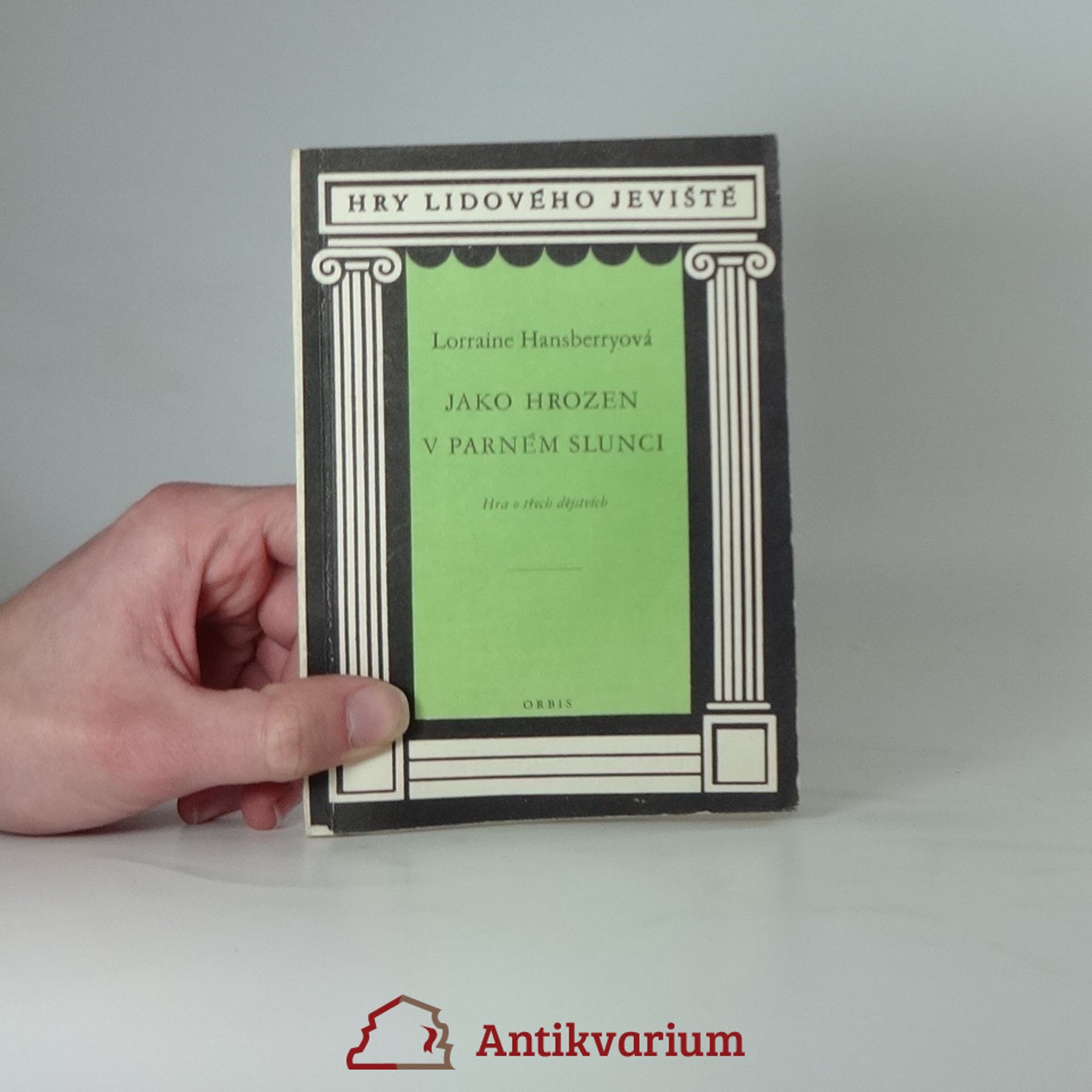To Be Young, Gifted and Black
- 118 páginas
- 5 horas de lectura
The story of black playwright Lorraine Hansberry. Woven together from letters, diaries, notebooks and extracts from her plays by Robert Nemiroff, her husband and literary executor. Arranged chronologically but without sharp divisions between scenes. No single member of the cast plays Lorraine Hansberry - all in turn (both male and female) play her, as well as characters from her plays and the people who most affected her. Specifies three black actresses (one older), one black actor, two white actresses and one white actor. More people can be used with less doubling.




